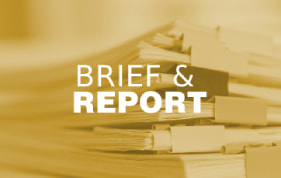This webinar was held on September 30, 2020.
The upcoming federal elections portend tremendous change for federal health care programs, in particular Medicare, Medicaid and the Affordable Care Act. If there is a change in administration and Congressional control, stakeholders should expect rapid implementation of new policy agendas and regulatory frameworks. New presidents generally pursue aggressive policy and regulatory agendas to fulfill campaign promises and quickly secure their policy objectives. Second-term presidents seek to solidify and extend their policy legacies. Health care stakeholders should begin to prepare for potential changes now to ensure that their organizations are best positioned for 2021 and beyond.
Through a new collaboration between Health Management Associates (HMA) and Dentons global law firm, a former presidential candidate and governor, presidential transition team veterans, former federal government administrators, and health policy experts outlined the different health care platforms of the Biden and Trump campaigns. The webinar explored:
- The major differences in policy positions and how a Trump or Biden Administration will administer the Medicare, Medicaid and Affordable Care Act (ACA) programs.
- How the current COVID-19 pandemic, economic downturn, and a potential Supreme Court decision will shape these agendas.
- The process for presidential transitions and how new governing and regulatory agendas are established.
During this webinar, the first in a series hosted by HMA and Dentons, presenters discussed the implications of the upcoming elections and their potential impact on federal health program policies and regulatory agendas.
Speakers
Governor Howard Dean (VT), Former Presidential Candidate & Senior Advisor, Dentons’ Public Policy and Regulation Practice
Kathleen Nolan, Regional Vice President, HMA
Jonathan Blum, Vice President, Federal Policy & Managing Director, Medicare, HMA
Bruce Fried, Partner, Dentons’ Health Care Practice



